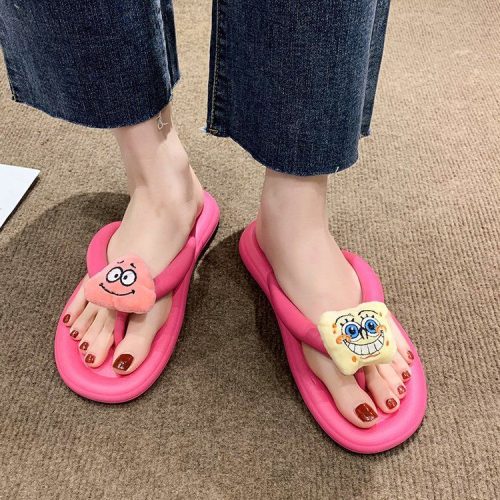Wearing flip-flops can increase the risk of ankle injuries due to their lack of support and stability. Here are some important things you need to know:
- Flip-flops offer little to no ankle support: Unlike shoes that have a rigid structure and support the ankle, flip-flops have minimal support and often leave the ankle exposed to injuries.
- Flip-flops can cause instability: Flip-flops are not designed to provide stability, and the lack of support can cause instability, leading to ankle sprains, strains, and other injuries.
- Flip-flops can cause overuse injuries: Wearing flip-flops for extended periods can lead to overuse injuries such as Achilles tendonitis and plantar fasciitis.
- Proper footwear is important for ankle health: It’s important to wear proper footwear that provides support and stability to prevent ankle injuries, especially if you have a history of ankle problems.
- Choose the right flip-flops: If you prefer wearing flip-flops, choose ones that offer some support and cushioning. Look for flip-flops with a contoured footbed, arch support, and a sturdy sole.
- Use caution when walking on uneven surfaces: Be extra cautious when walking on uneven surfaces, such as gravel, sand, or grass. The lack of stability in flip-flops can increase the risk of tripping and falling, leading to ankle injuries.
In summary, while flip-flops are a popular and comfortable choice for warm weather, they can increase the risk of ankle injuries. If you choose to wear flip-flops, be sure to choose ones that offer some support and cushioning, and be cautious when walking on uneven surfaces. It’s also important to wear proper footwear to prevent ankle injuries, especially if you have a history of ankle problems.


